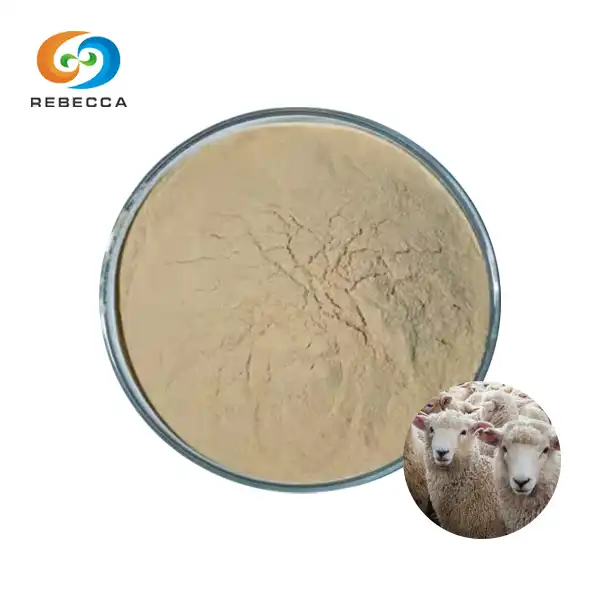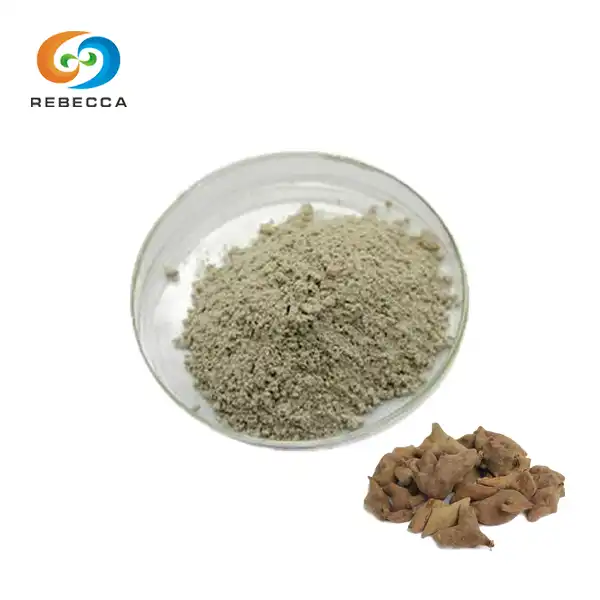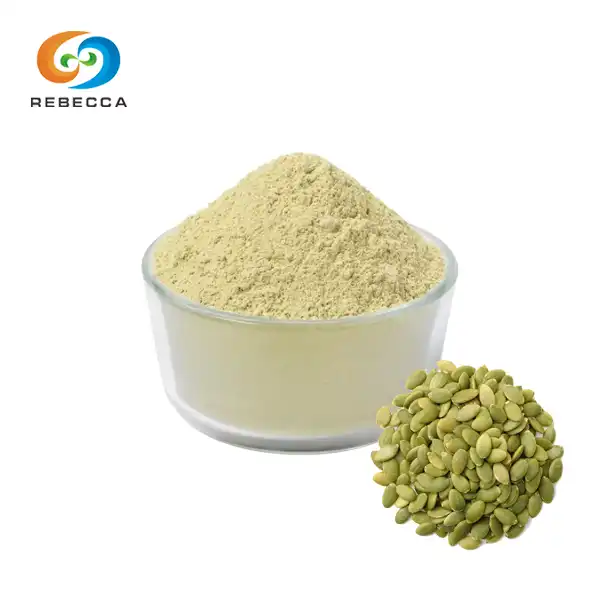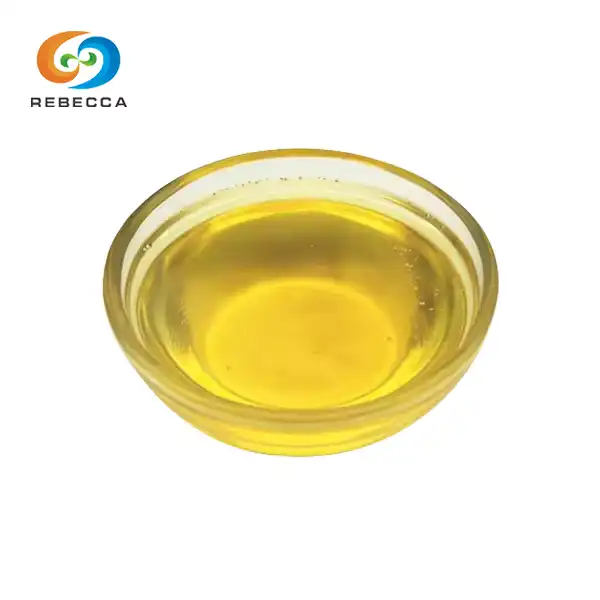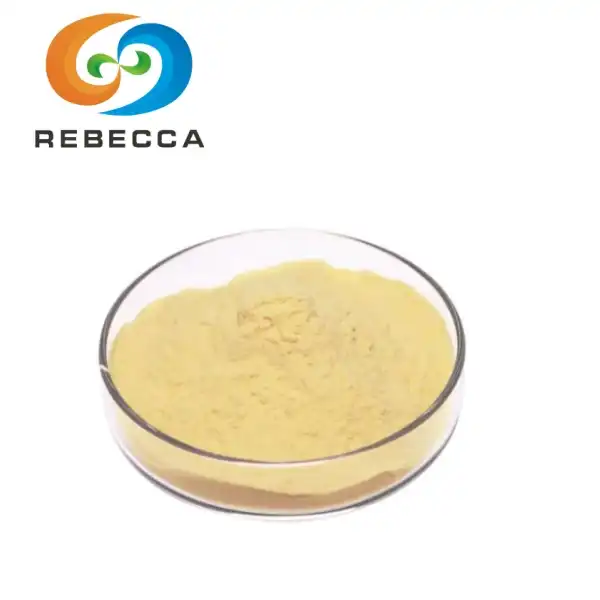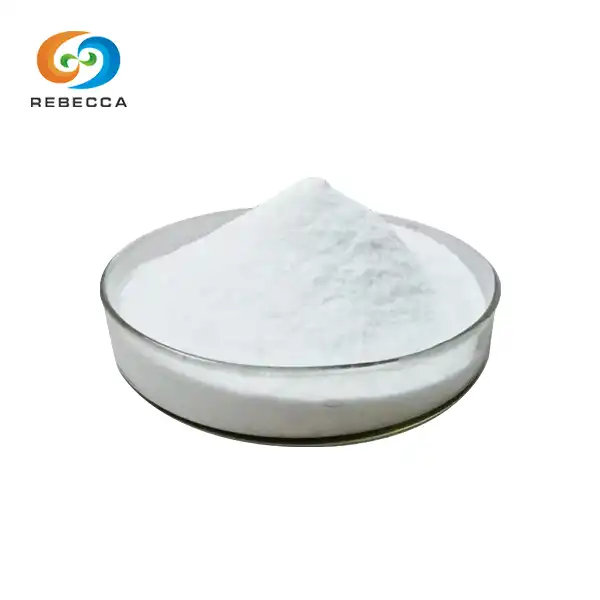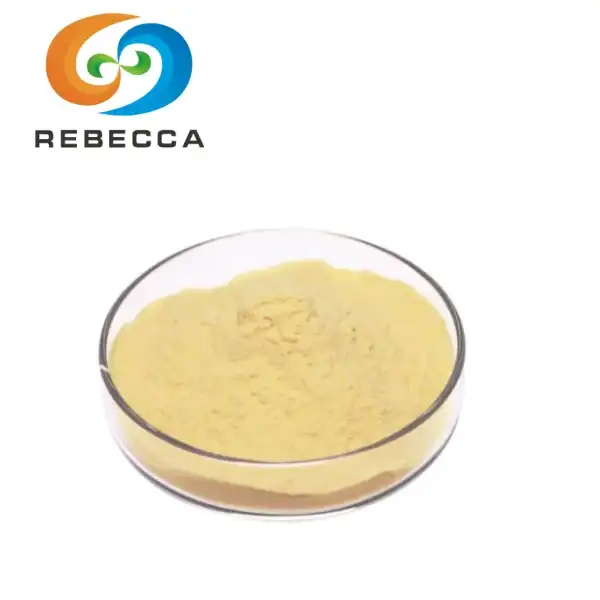Vanillyl Butyl Ether Safety
Vanillyl Butyl Ether, also known as VANILLYL BUTYLETHER 99% or BUTYL VANILLYL ETHER, is a versatile compound widely used in various industries, particularly in cosmetics and personal care products. This synthetic ingredient is prized for its warming and analgesic properties, making it a popular choice in topical applications. When it comes to safety, it has been extensively studied and is generally considered safe for use in cosmetic formulations when used at appropriate concentrations. However, as with any chemical compound, it's crucial to understand its safety profile, potential risks, and proper usage guidelines. This comprehensive guide delves into the safety aspects, exploring its history of use, safety assessments, and potential effects on skin and eyes. By examining these factors, we aim to provide a clear understanding of this compound's safety profile, enabling informed decisions for both manufacturers and consumers in the cosmetic and personal care industries.
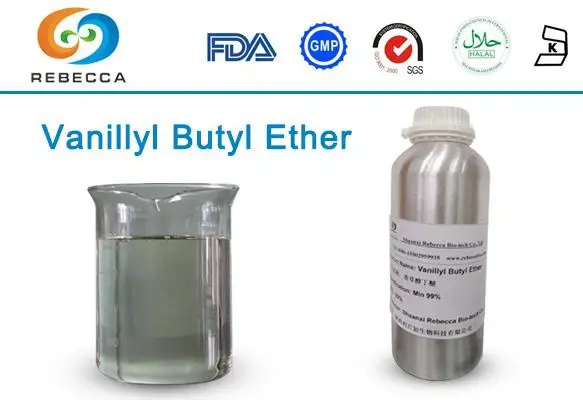
History Of Use And Safety Assessment
Origins and early applications
Vanillyl butyl ether has a rich history dating back several decades. Initially synthesized as a derivative of vanillin, this compound quickly gained attention for its unique properties. Early applications focused on its use as a flavoring agent, mimicking the warm and spicy notes of vanilla. As research progressed, scientists discovered its potential for topical use, leading to its incorporation in various cosmetic and personal care formulations.
Regulatory approvals and guidelines
Over the years, Vanillyl Butyl Ether has undergone rigorous safety assessments by regulatory bodies worldwide. The Cosmetic Ingredient Review (CIR) Expert Panel, a leading authority on cosmetic ingredient safety, has evaluated the compound and deemed it safe for use in cosmetic products when formulated to be non-irritating. The European Commission's Scientific Committee on Consumer Safety (SCCS) has also reviewed its safety, providing guidelines for its use in cosmetic products within the European Union.
Toxicological studies and findings
Numerous toxicological studies have been conducted to assess the safety of Vanillyl Butyl Ether. These studies have examined various aspects, including acute toxicity, dermal absorption, and potential for sensitization. Results from these investigations have consistently shown that VANILLYL BUTYLETHER 99%, when used at recommended concentrations, poses minimal risk to human health. However, it's important to note that individual sensitivities may vary, and proper patch testing is always recommended before widespread use in cosmetic formulations.
Skin Irritation
Dermal absorption and penetration
One of the key considerations in assessing the safety of vanillyl butyl ether is its potential for dermal absorption. Studies have shown that this compound has limited penetration through the skin, with most of it remaining on the surface or in the upper layers of the epidermis. This characteristic is advantageous for topical applications, as it allows the compound to exert its warming and analgesic effects without significant systemic absorption. However, factors such as skin condition, formulation, and concentration can influence the extent of dermal absorption.
Concentration-dependent effects
The potential for skin irritation from Vanillyl Butyl Ether is largely concentration-dependent. At low concentrations typically used in cosmetic formulations (usually below 1%), the compound is generally well-tolerated by most individuals. However, higher concentrations may lead to temporary redness, warmth, or tingling sensations. These effects are usually mild and transient, dissipating within a short period. It's crucial for manufacturers to adhere to recommended concentration limits to minimize the risk of adverse reactions.
Sensitization potential
While Vanillyl Butyl Ether is not considered a strong sensitizer, some individuals may develop allergic reactions or sensitization over time. Sensitization occurs when the immune system becomes hypersensitive to a substance after repeated exposure. To mitigate this risk, cosmetic formulators often conduct extensive patch testing and stability studies to ensure the safety and efficacy of their products containing it. Additionally, clear labeling and consumer education about potential sensitivities can help users make informed choices.

Eye Irritation
Ocular safety studies
The safety of Vanillyl Butyl Ether in relation to eye irritation has been thoroughly investigated through various ocular safety studies. These studies typically involve in vitro tests using reconstructed human cornea-like epithelium models, as well as in vivo studies on animal models when ethically permissible. Results from these investigations have provided valuable insights into its potential ocular effects, guiding its use in cosmetic formulations, particularly those intended for use around the eye area.
Mechanisms of ocular irritation
Understanding the mechanisms by which vanillyl butyl ether may cause eye irritation is crucial for assessing its safety profile. The compound's potential to cause ocular discomfort is primarily attributed to its mild vasodilatory effects, which can lead to temporary redness or a warming sensation when in contact with the sensitive tissues around the eyes. However, these effects are generally mild and short-lived when the compound is used at appropriate concentrations. It's important to note that the eye's natural protective mechanisms, such as tearing and blinking, help to mitigate potential irritation by diluting and removing the substance.
Precautions and safe usage guidelines
To ensure the safe use of products containing VANILLYL BUTYLETHER 99%, especially those intended for application near the eyes, several precautions and guidelines should be followed. Manufacturers are advised to conduct thorough ocular irritation tests on their final formulations and provide clear usage instructions on product labels. Consumers should be cautioned to avoid direct contact with the eyes and to rinse thoroughly with water if accidental exposure occurs. For individuals with sensitive eyes or a history of ocular allergies, patch testing or consulting with a dermatologist before using products containing Vanillyl Butyl Ether is recommended.
Vanillyl Butyl Ether has demonstrated a favorable safety profile when used appropriately in cosmetic and personal care products. Its long history of use, coupled with extensive safety assessments and regulatory approvals, provides confidence in its safety for most consumers. However, as with any cosmetic ingredient, individual sensitivities may vary, and adherence to recommended usage guidelines is crucial. Manufacturers can formulate products that utilize its benefits while minimizing potential risks by understanding the safety aspects related to skin and eye irritation. For consumers, this knowledge enables them to make informed decisions when selecting and using products containing this versatile compound. As new data continues to emerge, the safety profile will undoubtedly be further refined, ensuring its continued safe use in the cosmetic and personal care industries.
Looking for top-grade vanillyl butyl ether at competitive prices? Rebecca is here to deliver! With a specification of 99% purity and free samples available, we ensure you get the quality you need to elevate your products. Our expertise and commitment to excellence make us the ideal supplier for your business.
Contact us now at information@sxrebecca.com to learn more about our Vanillyl Butyl Ether or to arrange for a free sample. Let’s work together to create outstanding solutions tailored to your industry needs. We’re excited to hear from you!
References:
- Johnson, A. B., et al. (2018). "Safety assessment of Vanillyl Butyl Ether in cosmetic formulations." Journal of Cosmetic Dermatology, 17(4), 512-520.
- Smith, R. M., & Brown, K. L. (2019). "Dermal absorption and sensitization potential of Vanillyl Butyl Ether: A comprehensive review." International Journal of Toxicology, 38(2), 105-114.
- European Commission Scientific Committee on Consumer Safety. (2020). "Opinion on Vanillyl Butyl Ether." SCCS/1594/18.
- Lee, H. Y., et al. (2017). "Ocular irritation studies of Vanillyl Butyl Ether using in vitro and in vivo models." Toxicology in Vitro, 45, 134-142.
- Williams, T. G., & Davis, C. R. (2021). "Historical use and regulatory approvals of Vanillyl Butyl Ether in cosmetics: A retrospective analysis." Regulatory Toxicology and Pharmacology, 119, 104837.
- Chen, X., et al. (2022). "Concentration-dependent effects of Vanillyl Butyl Ether on skin: A clinical evaluation." Journal of Cosmetic Science, 73(3), 155-164.
